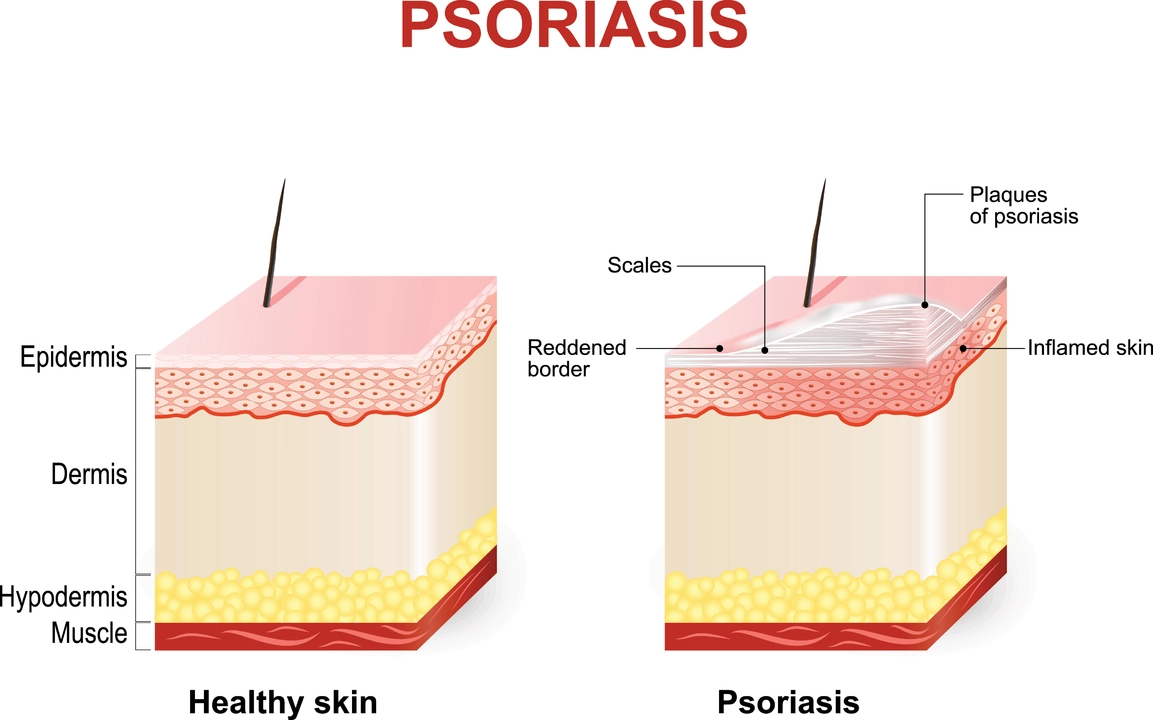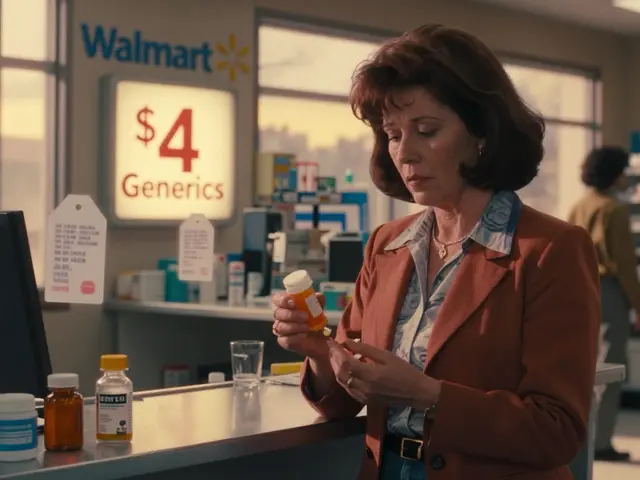Early diagnosis: how to spot problems sooner and get care
Catching a health problem early can change how it’s treated and how you feel later. You don’t need to be a health expert to notice red flags. Small changes—new fatigue, odd bleeding, sudden breathlessness, or a persistent cough—often come before big problems. Notice them, track them, and act.
Quick steps to get an early diagnosis
Start simple: write down what’s changed, when it began, and what makes it better or worse. That record helps your clinician fast-track testing. Next, ask for basic screening tests that match your age and risk: blood pressure checks, blood sugar (A1c), cholesterol, and cancer screenings like mammograms or colon checks if you’re due. If symptoms are specific—unexplained weight loss, new lumps, sustained mood shifts—say that right away. Don’t let embarrassment or the idea that you’re overreacting stop you; most doctors prefer checking things early.
If you can’t get an in-person visit fast, telehealth is a good start. A video call lets a clinician see you, review history, and order tests or imaging. Bring your symptom notes and any recent records. If labs or imaging are ordered, choose a nearby clinic with quick turnaround so you’re not stuck waiting weeks for results.
Using online tools, tests, and medications safely
Online resources can speed things up, but use them carefully. Look for reputable sites, verified telehealth services, and pharmacies that require a valid prescription. On this site we explain how to evaluate online pharmacies, compare discount programs, and find legitimate suppliers for common meds. If a site promises prescription drugs without a prescription or offers unrealistically low prices, be suspicious—fake meds can be dangerous.
When tests come back, ask for plain-language explanations. What do the numbers mean? Do you need repeat tests or treatment now? If medication is recommended, ask about common side effects and alternatives. For example, if you’re offered a blood thinner or a heart drug, ask how it helps, what to watch for, and whether there are safer alternatives given your other conditions.
Practical habit: schedule one health check per year and set reminders for age-based screenings. Keep a folder (digital or paper) of test results so trends are visible—rising blood pressure or slow-changing lab values are easier to spot when you compare records over time. If a condition runs in your family, start conversations with your clinician earlier than average screening ages.
Early diagnosis isn’t about fear. It’s about staying in control. Track changes, ask clear questions, use trusted online services when needed, and get tests without delay. If you want guides on specific meds, screening timelines, or how to use telehealth and online pharmacies safely, check our related articles for straightforward, practical help. And always follow up with a healthcare professional when something doesn’t feel right.

